BioShock 2 Multiplayer
Sister experience.
"When you think about multiplayer, the narrative a lot of times comes from the experience that you create yourself in the match," says BioShock 2 producer Melissa Miller. And while the game's not out until 30th October, Miller's already got a few stories of her own. "I was playing one match and I had a little area I was holding down, I had very distinct entries that I was guarding, and I would see people go by and I'd tag them with incinerate! If they were low on health I'd get the kill."
"And if not, you'd get an assist," lead multiplayer designer Mathieu Bérube chimes in. "Turrets are another f***ing great example of this," says Miller, warming to her theme. "I remember we were testing the game one weekend and I kept just going to one turret. As soon as I got in, I'd hack that turret and that became my little battle zone... At one point I got a four-kill streak between the turret and myself, and everyone was like, 'what the hell?' After that, every game, everyone went straight for that turret to try and destroy it before I got it. There are just so many different options and ways you can express yourself."
Of all the many things that worked in BioShock 1, the toolset and the variety of things you could do with it was, for many, the most pronounced. Taking that online could be worth the price of admission alone. But BioShock 2 multiplayer has something else to offer too. Set before the fall of Rapture, it tells the story of the civil war between the followers of Frank Fontaine and Andrew Ryan, and in doing so, could be just as interesting and expository as the ambitious single-player campaign.
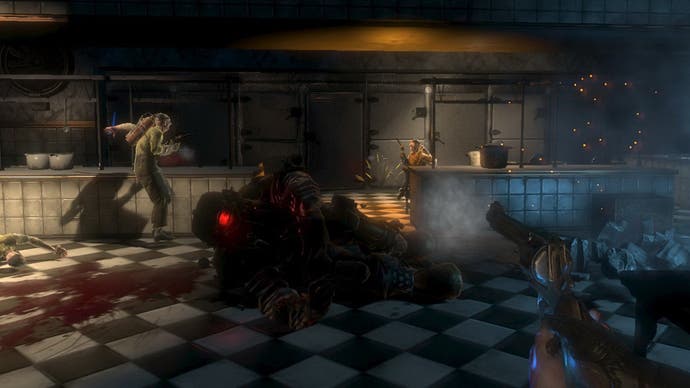
So how does that work? In keeping with BioShock's knack for complex themes in simple wrapping, it's tied to the experience system. Playing as a product tester for plasmid and tonic manufacturer (and war market profiteer) Sinclair Solutions, you go to battle in deathmatch, team deathmatch and another unannounced game mode and accumulate ADAM rewards via kills, assists and other achievements. This helps you to march through 20 ranks, divided into categories like "Bronze Club" and "Silver Society", announced with the triumphal faux-naivety common to BioShock's vending voice-overs. When you rank up, you can return to your apartment and receive messages from Sinclair representatives, which help fill in the narrative blanks, rather like the first game's audio logs. "You are going in and you are becoming part of that history and contributing to Rapture's destruction," says Miller.
As with the audio logs, however, if you don't care, you needn't - and the 10-minute deathmatch I get to observe reinforces the separation. It's frantic: players dressed as housewives and welders sprint around an expanded re-envisioning of the first game's Kashmir restaurant hurling electro bolts, fireballs and ice shards, blasting one another with electro-shotguns, and frantically hacking turrets (now a progress bar rather than a game-halting bout of Pipe Mania).
Although there is obvious overlap with both BioShock single-player games, multiplayer developer Digital Extremes has thrown in a few new tricks. The dash plasmid, for example, which allows you to fly forward in a straight line - leaping from balcony to balcony, charging someone or beating a hasty retreat. Then there's the geyser trap, which serves dual functions. On the one hand, it throws opponents into the air, where they bang their heads on the ceiling and take damage (or you shoot them). On the other, it's your own personal bounce pad for reaching higher ground.



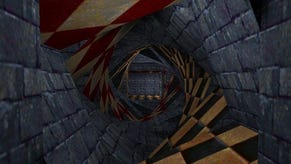
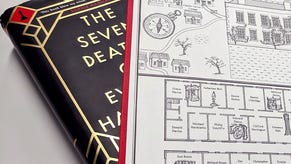
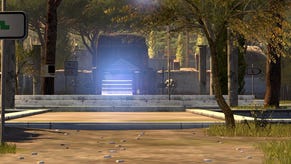
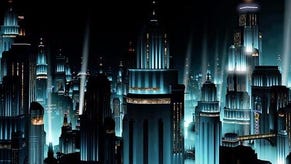
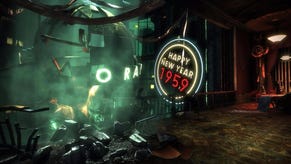


.png?width=291&height=164&fit=crop&quality=80&format=jpg&auto=webp)




.jpg?width=291&height=164&fit=crop&quality=80&format=jpg&auto=webp)
